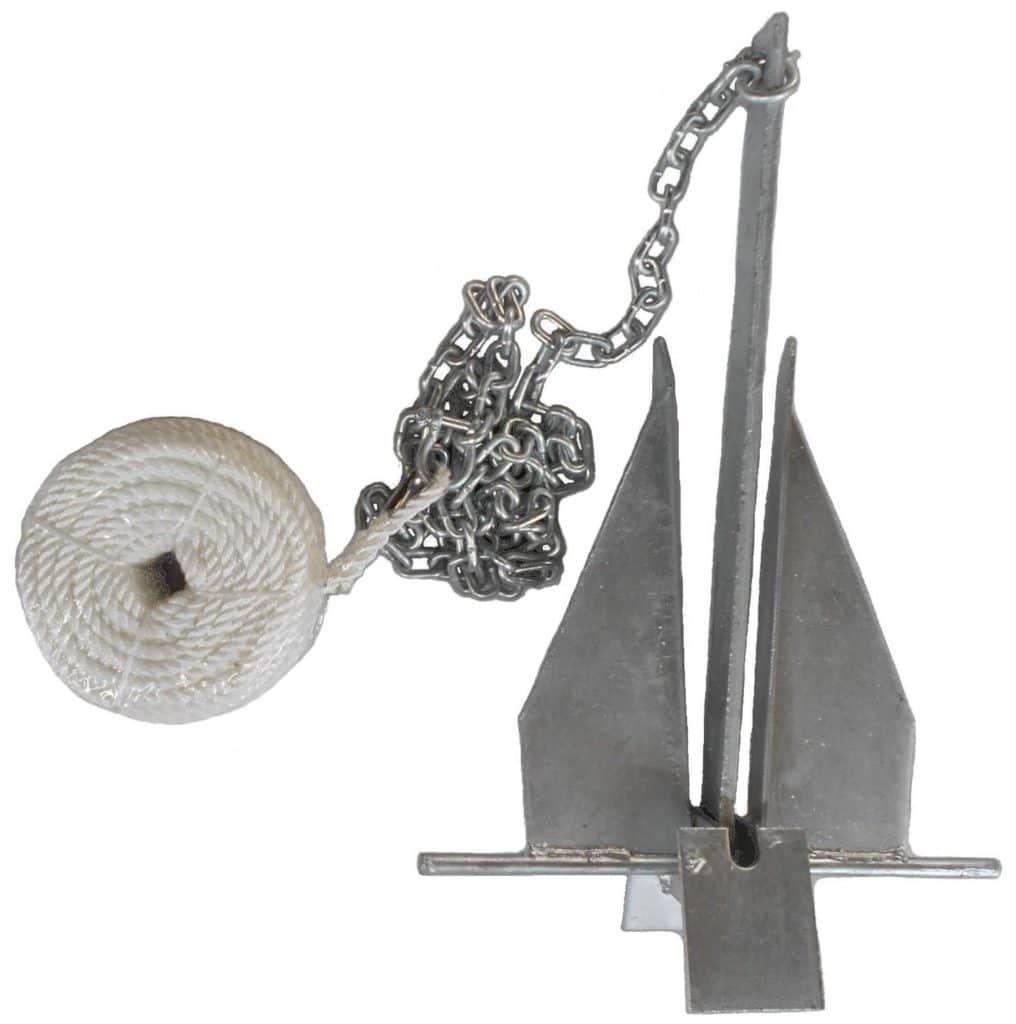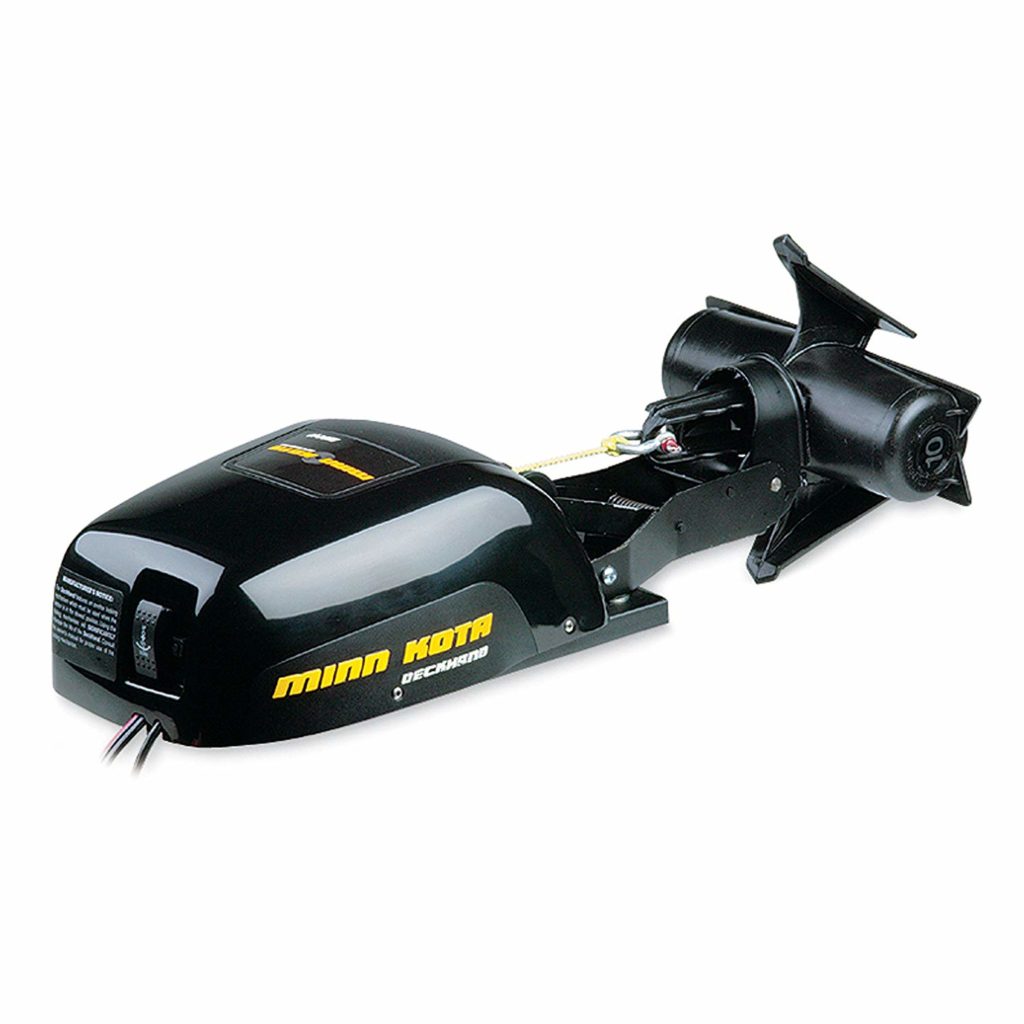Whether it’s tasked with holding your boat in position during a friendly meet-up at the sandbar or keeping you and your craft from disaster should your engine fail at an inopportune moment, your boat anchor is a vital piece of equipment. Here are three things to know when buying an anchor for your boat.
Your Typical Bottom Conditions

The best anchor is one that holds fast in your typical bottom conditions, maintaining its bite as your boat is rocked by waves and wind. Danforth anchors, with their hinged fluke and excellent holding power vs. weight ratio, are best used in the two most common bottom types — sand and mud. Scoop-style anchors also hold well. Plow-shaped or grapnel-style anchors prove superior in rocky conditions. Grassy or clay bottoms? Plow-style Delta anchors set quickly and their singular blade digs deep.
Where You’ll Stow It

The Complete Package

Secure anchoring requires not just the proper anchor but also the proper “scope,” the length of anchor line played out in comparison to the depth of the water. As a general rule of thumb, play out enough length to equal five-to-seven times the depth of the water you’re anchoring in. Small boats should be able to make do with a 3/8” nylon line of about 150’. Improve the holding power by adding a boat’s length of chain between anchor and line; the weight will keep the pull on the anchor parallel to the bottom while the chain will reduce wear in the highest contact areas.








